Transcriptomics
Introduction
Transcriptomics is a branch of Molecular biology that focuses on the study of the transcriptome, the complete set of RNA transcripts that are produced by the genome, under specific circumstances or in a specific cell. The field utilizes high-throughput methods, such as microarray analysis and next-generation sequencing technologies, to analyze the expression of thousands of genes simultaneously.
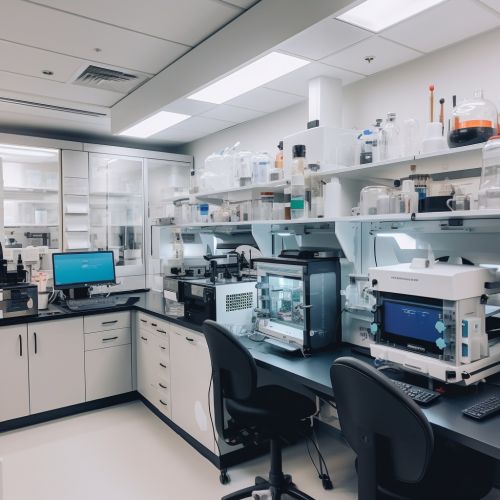
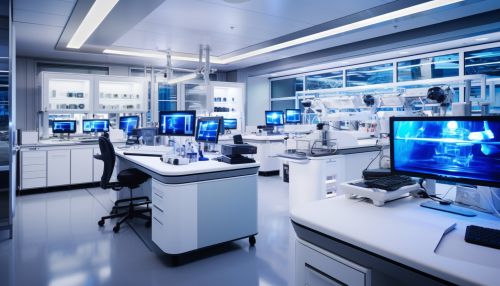
History and Development
The study of transcriptomics has its roots in the discovery of the central dogma of molecular biology, which states that DNA is transcribed into RNA, which is then translated into proteins. The term "transcriptome" was first coined in 1997 by Velculescu et al., who used the term to describe the complete set of RNA transcripts in a cell.
The development of transcriptomics was largely driven by technological advancements. The advent of DNA microarray technology in the late 1990s allowed for the simultaneous measurement of the expression levels of thousands of genes, marking a significant leap forward in the field.


Techniques in Transcriptomics
Transcriptomics involves several techniques that allow for the comprehensive study of the transcriptome. These include DNA microarray analysis, RNA-Seq, and single-cell RNA sequencing (scRNA-Seq).
DNA Microarray Analysis
DNA microarray analysis is a high-throughput method used to measure the expression levels of thousands of genes simultaneously. This technique involves the use of a microarray, a small, solid support onto which the sequences of thousands of genes are immobilized at fixed locations.
RNA-Seq
RNA-Seq (RNA sequencing) is a technique that uses next-generation sequencing (NGS) technologies to reveal the presence and quantity of RNA in a biological sample at a given moment. This technique is particularly useful for identifying novel transcripts, determining the transcriptional structure of genes, and quantifying gene expression levels.
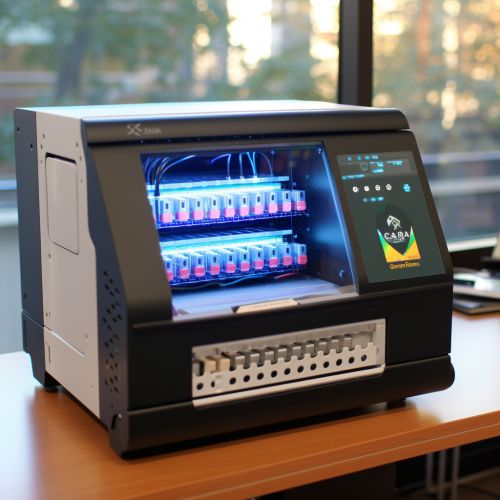
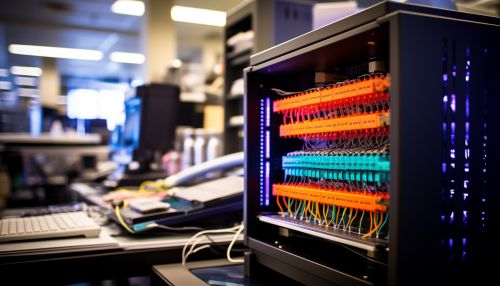
Single-Cell RNA Sequencing (scRNA-Seq)
Single-cell RNA sequencing (scRNA-Seq) is a technique that allows for the sequencing of the transcriptomes of individual cells. This technique is particularly useful for understanding the heterogeneity within a population of cells and for identifying rare cell types.
Applications of Transcriptomics
Transcriptomics has a wide range of applications in various fields, including molecular biology, genetics, oncology, and drug discovery.
Molecular Biology and Genetics
In molecular biology and genetics, transcriptomics is used to study gene expression patterns in different cell types and under different conditions. This can provide insights into the function of genes and the regulatory networks that control their expression.
Oncology
In oncology, transcriptomics can be used to identify genes that are differentially expressed in cancer cells compared to normal cells. This can provide insights into the molecular mechanisms of cancer and identify potential targets for therapeutic intervention.
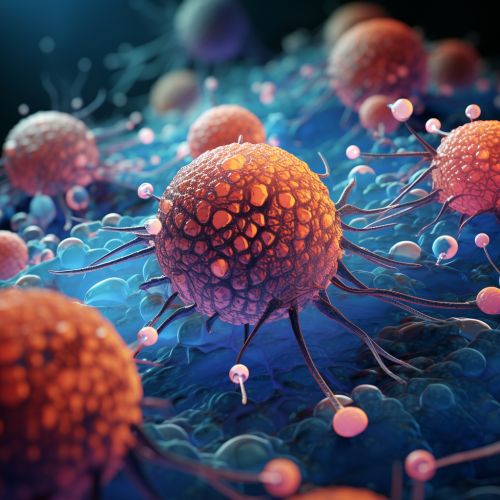
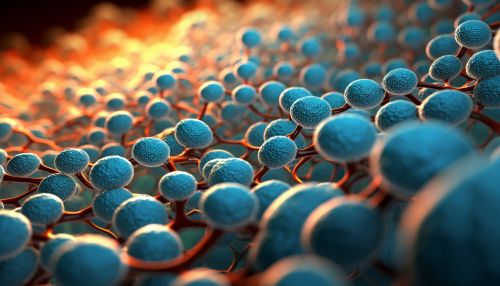
Drug Discovery
In drug discovery, transcriptomics can be used to identify genes that are differentially expressed in response to drug treatment. This can provide insights into the mechanisms of drug action and resistance, and identify potential biomarkers for drug response.
Future Directions
The field of transcriptomics continues to evolve with the development of new technologies and methodologies. The advent of single-cell RNA sequencing, for example, has opened up new possibilities for the study of cellular heterogeneity and the identification of rare cell types.
Furthermore, the integration of transcriptomics with other 'omics' technologies, such as genomics, proteomics, and metabolomics, is expected to provide a more comprehensive understanding of biological systems.


